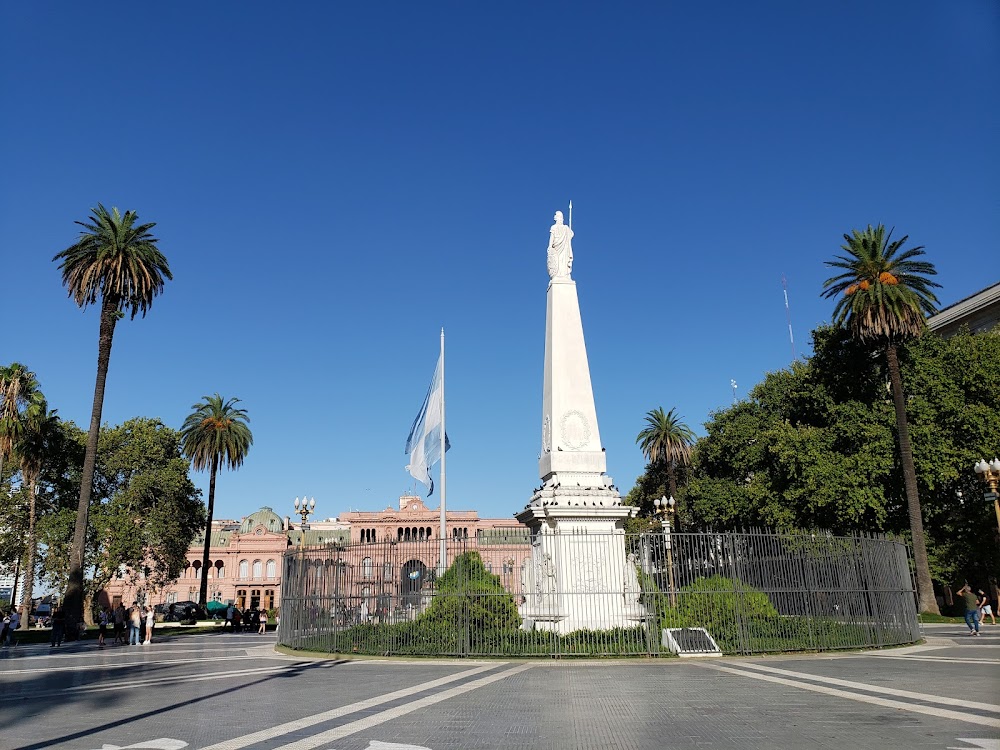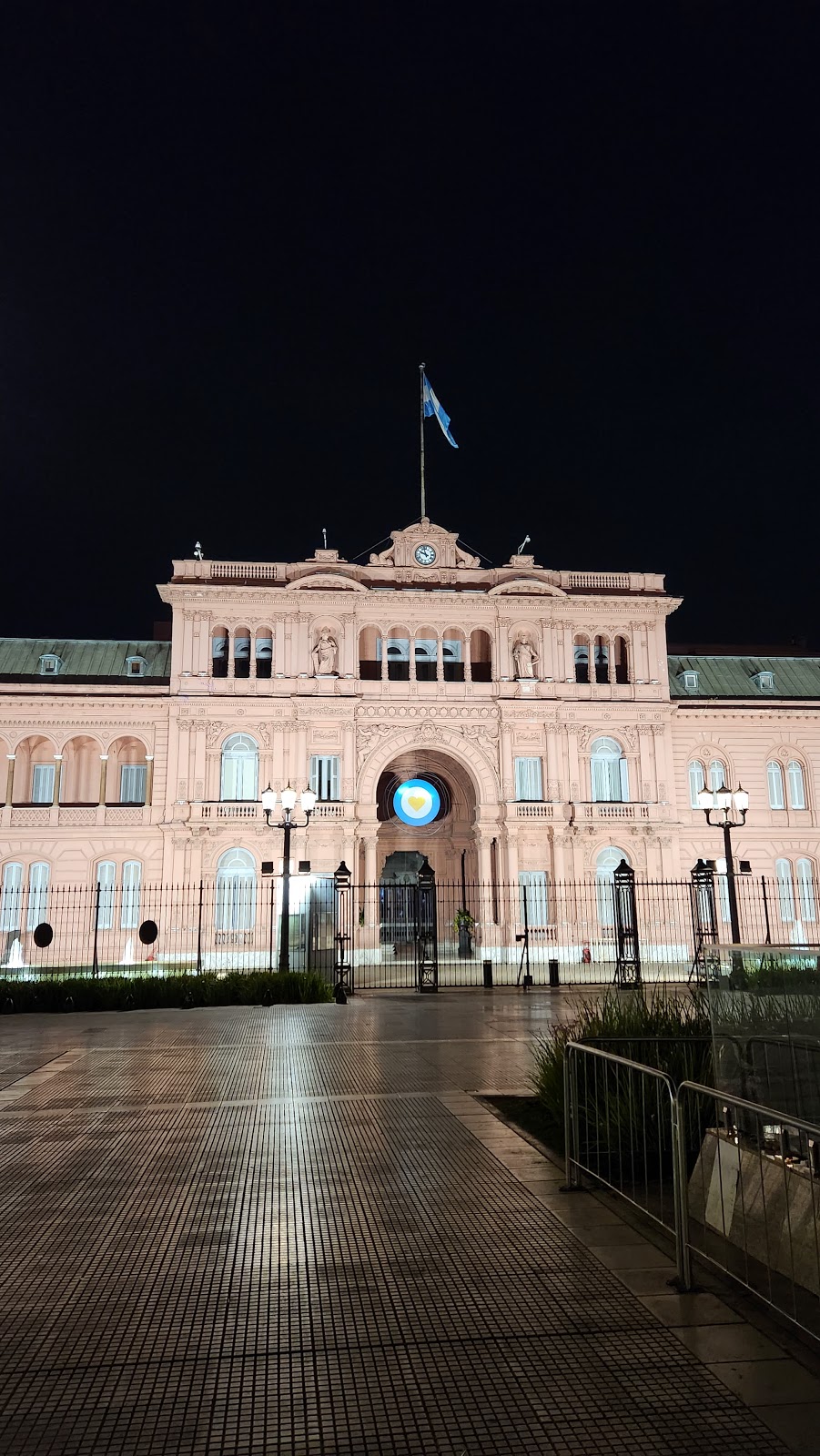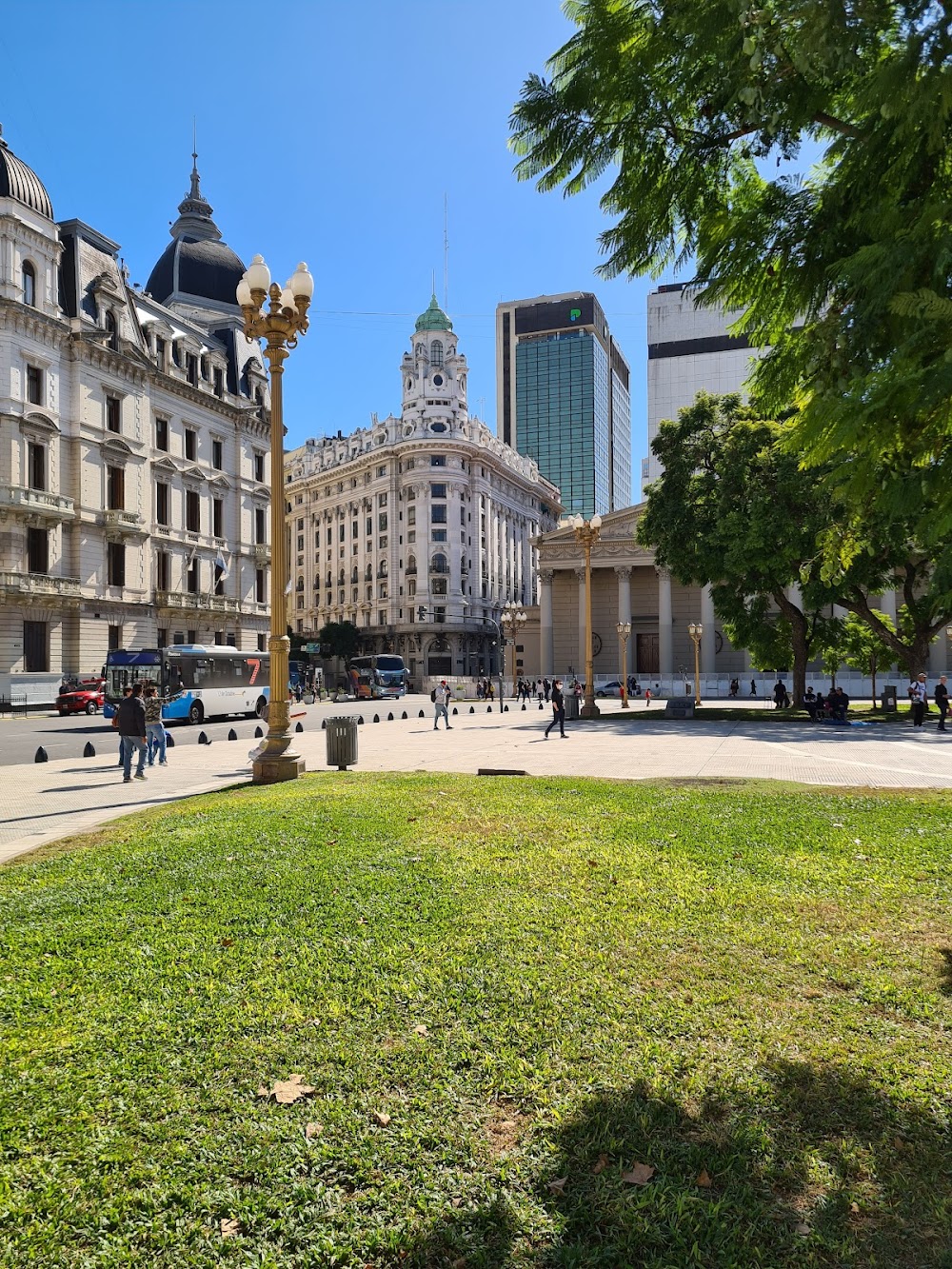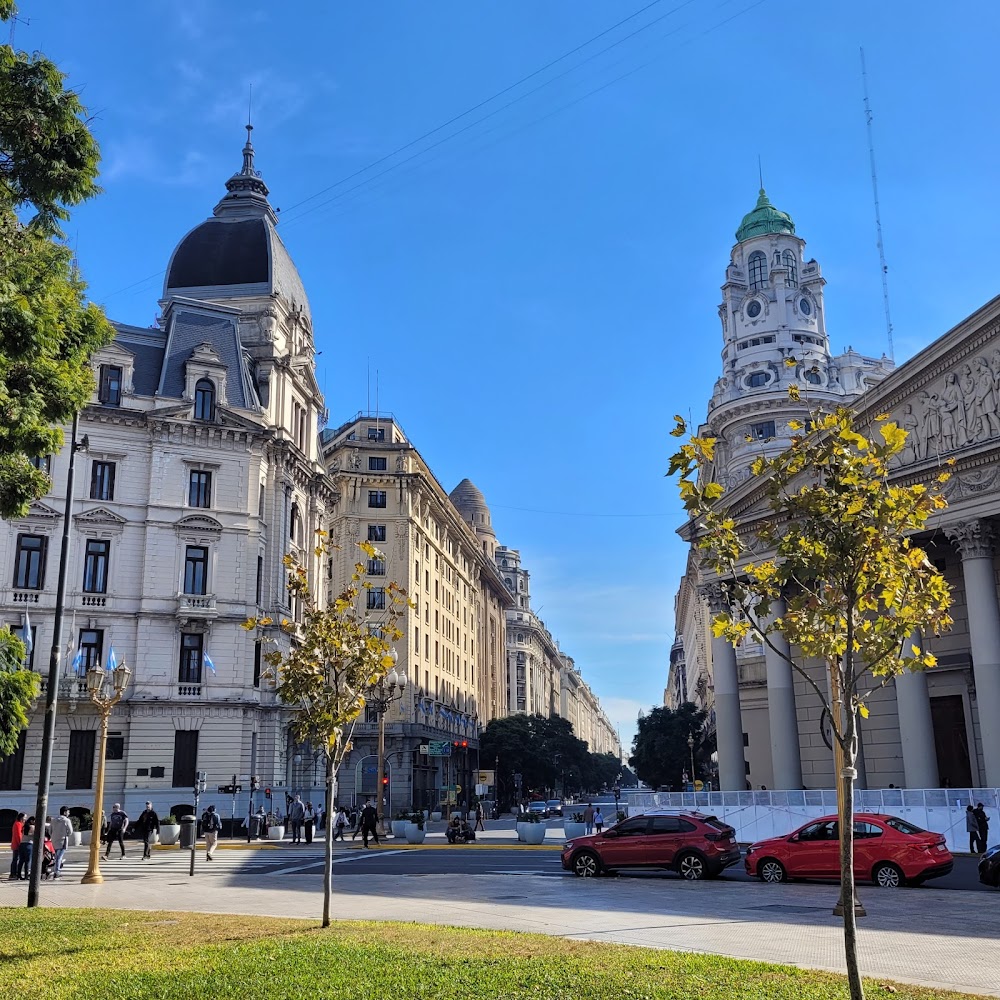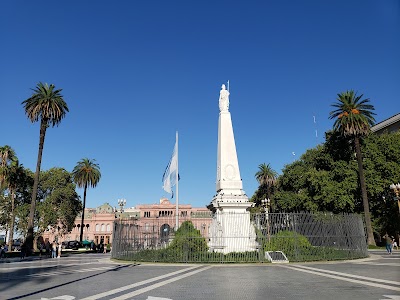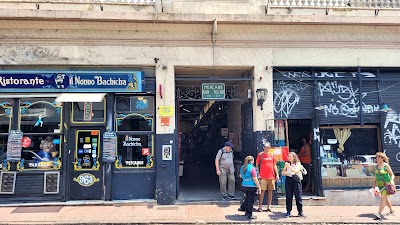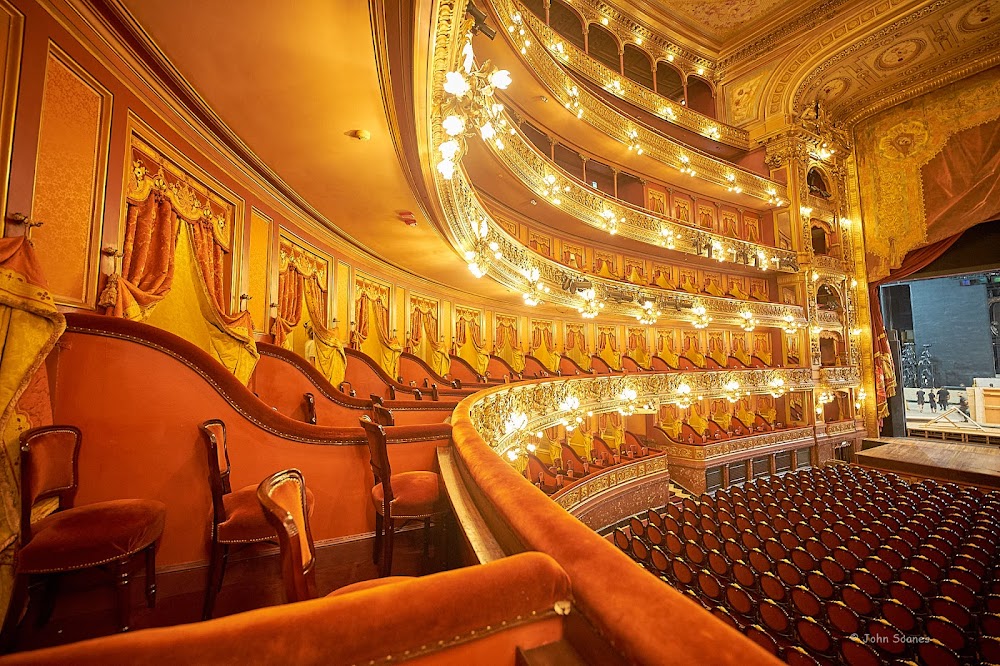Plaza de Mayo (Plaza de Mayo)
Overview
Plaza de Mayo: A Historical and Political Heart of Buenos Aires
Plaza de Mayo is one of the most iconic squares in Buenos Aires, Argentina, serving as a pivotal historical and political symbol for the nation. Established after the foundation of Buenos Aires in 1580 by Spanish conquistador Juan de Garay, the square was originally named Plaza Mayor and strategically positioned at the center of the city's grid layout.
Over the centuries, Plaza de Mayo has evolved significantly. In the early 17th century, it functioned primarily as a marketplace. Major renovations began in 1804 under Viceroy Del Pino, who aimed to give the area a more organized and ceremonial appearance.
A landmark moment in the plaza's history occurred in 1811 when the "Pirámide de Mayo," a small obelisk, was erected to commemorate the revolution of May 25, 1810, which ultimately led to Argentina's independence from Spain. As time passed, the square continued to develop, becoming encircled by important buildings by the late 19th century, including the Cabildo (the colonial town hall), the Metropolitan Cathedral, and the Casa Rosada, the executive mansion and office of the President of Argentina.
A Witness to History
Plaza de Mayo has been the backdrop for many significant events in Argentine history. On October 17, 1945, it became the gathering place for massive crowds demanding the release of Juan Domingo Perón, which catapulted him into the political spotlight. Additionally, it was the site of the poignant "Madres de Plaza de Mayo" marches that began in 1977, where mothers gathered in silent protest, wearing white scarves, to demand justice for their children who disappeared during the military dictatorship.
The architectural landscape of the plaza is a fascinating blend of colonial and modern influences. While the historic buildings remain preserved, contemporary amenities such as pathways, lighting, and seating have been integrated to accommodate the thousands of visitors and activists who frequent the area.
Celebrations and Commemorations
Plaza de Mayo also plays a vital commemorative role in Argentine culture. Annual celebrations for Argentina’s Independence Day on July 9 and Revolution Day on May 25 occur here, making the plaza a focal point for both jubilant festivities and solemn ceremonies.
The name "Plaza de Mayo," which translates to "May Square," pays homage to the May Revolution of 1810, symbolizing Argentina's passionate quest for freedom and democracy. This renaming signifies the importance of the square as a historical landmark, celebrating the nation’s resilient spirit.
Today, Plaza de Mayo stands as a cultural and historical hub, making it a must-visit destination in Buenos Aires. Visitors can immerse themselves in its rich history, admire the majestic architecture, and engage in vibrant cultural events that frequently take place in the square.
In essence, Plaza de Mayo continues to be the heartbeat of Buenos Aires, embodying the city's spirit and past. Whether you are drawn by the historical significance, the lively social and political gatherings, or simply the beauty of the plaza, it serves as a powerful reminder of Argentina's enduring journey through time.


